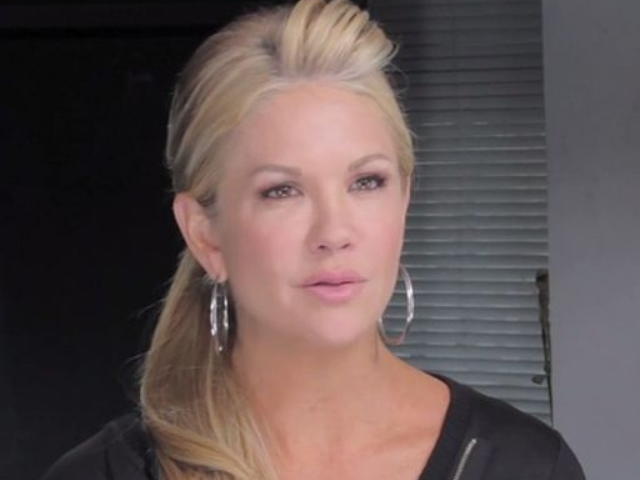Search StudySC for people, places, history, and ideas.
StudySC – Know where you live.
Explore South Carolina through StudySC! Learn about your community, South Carolina history, and the people who have made a significant impact on the state and the world.
SC Subjects by Grade Level
South Carolina People
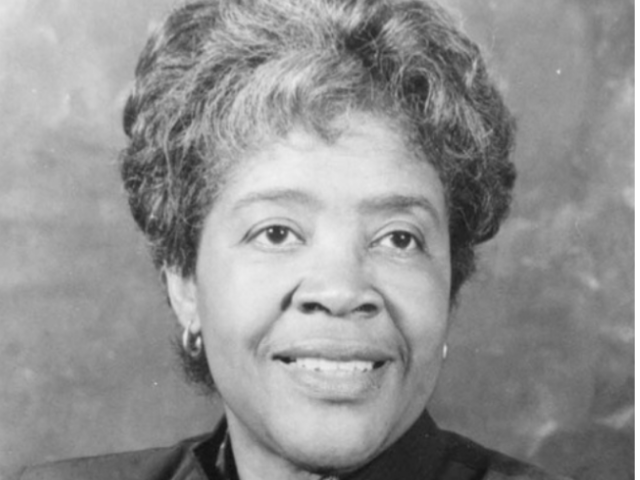
Lucille Simmons Whipper
Lucille Simmons Whipper was the first Black woman to represent a Charleston County seat in the legislature and the first woman of color ever to be elected to the SC General Assembly.
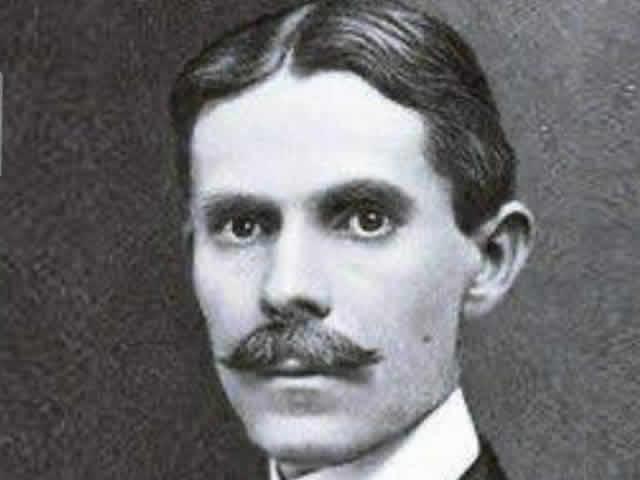
Edwin G. Seibels
Edwin Seibels was a businessman from Edgefield, SC, who invented a vertical filing system that revolutionized record-keeping.

Willie Jeffries
Union native Willie Jeffries was the head football coach at South Carolina State University.
South Carolina Counties
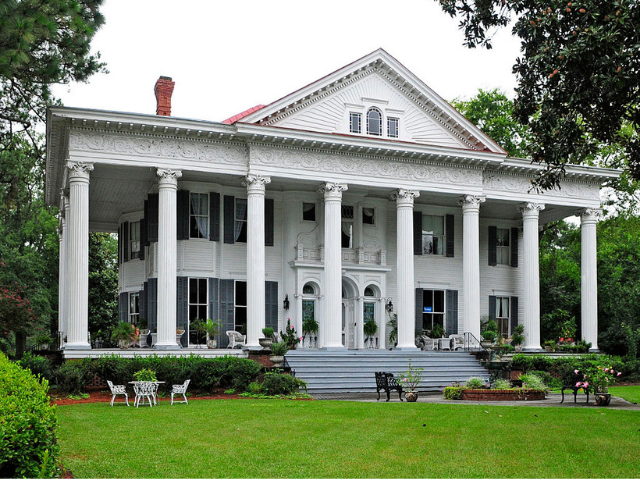
Aiken County
Aiken County and its county seat, the town of Aiken, were named for William Aiken (1806-1831), president of the South Carolina Railroad.
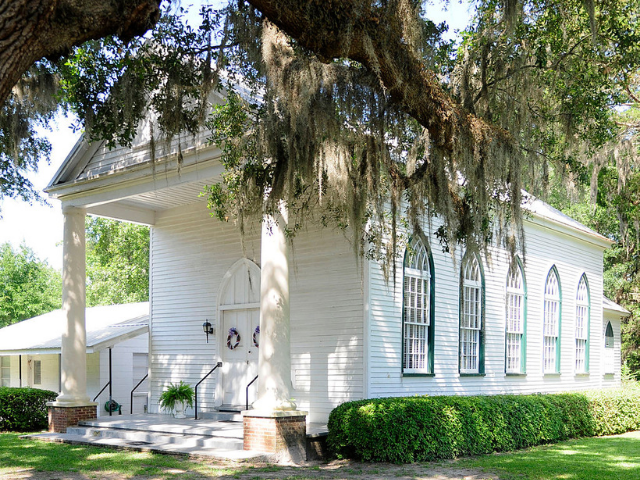
Jasper County
Jasper County was named for Revolutionary War hero Sergeant William Jasper (ca.1750-1779).
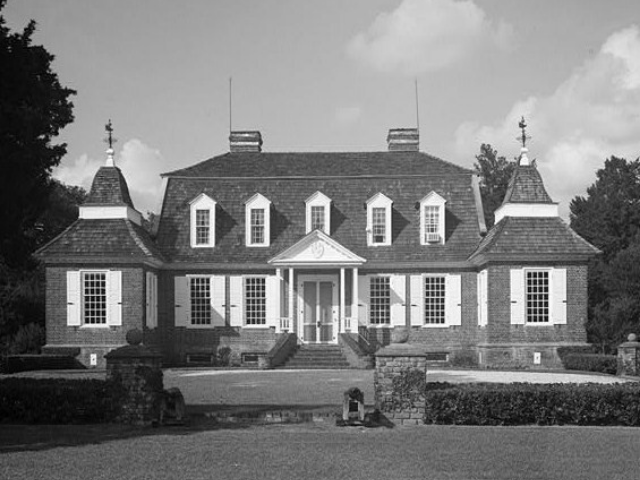
Berkeley County
Berkeley County was named for two of the Lords Proprietors of Carolina, Lord John Berkeley (d. 1678) and Sir William Berkeley (d. 1677).

Sumter County
Sumter County and its county seat, the city of Sumter, were named for Revolutionary War general Thomas Sumter (1734-1832), a resident of the area.
South Carolina Facts
South Carolina State Amphibian
The indigenous Spotted Salamander (Ambystoma maculatum) was designated as the State Amphibian by ACT Number 79 of 1999 as a result of a campaign by a third-grade class at Woodlands Heights Elementary School in Spartanburg.
South Carolina Glossary
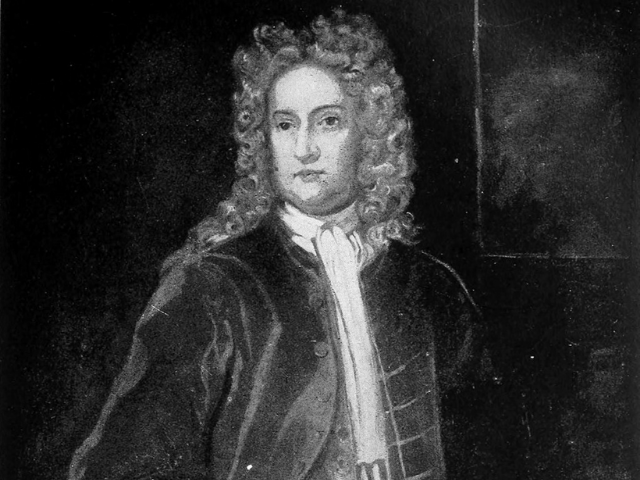
proprietor
(noun) - one or more persons to whom a colonial territory is assigned
Copyright © 2025. All rights reserved.

